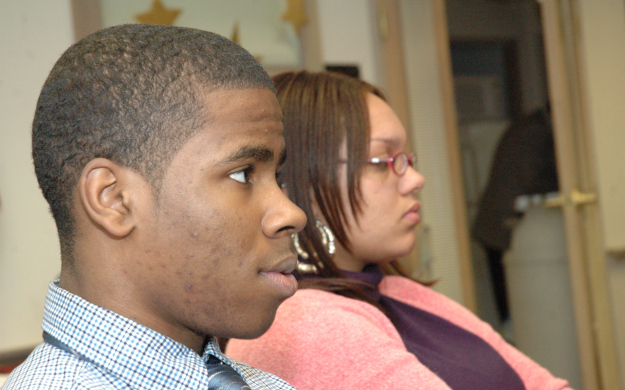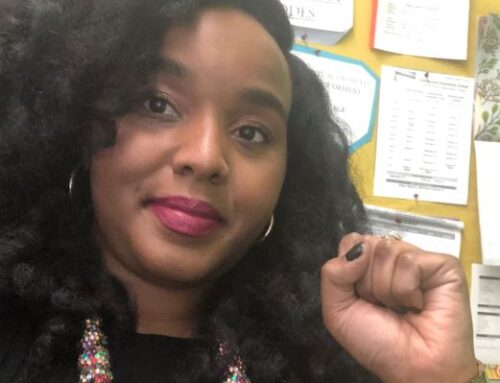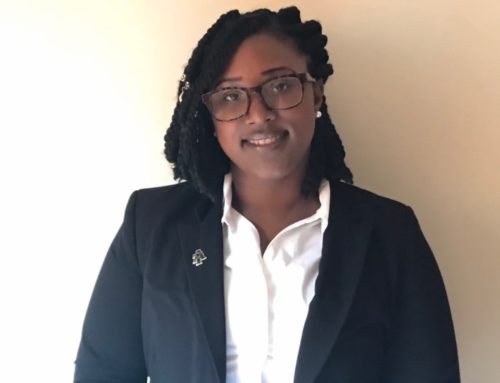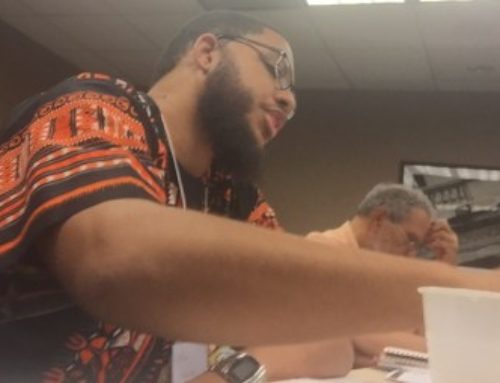Some people may consider the most important relationship in a child’s academic success is that between the parent and the child. After all parents are the primary caregivers and are responsible for the well-being of their children. Good parents show love and support and do whatever they can to ensure their child is successful. They go the extra yard, taking them to the park, enrolling them in all types of recreational activities. They take them on cultural outings, provide them with the best and latest technology to make their lives easier, teach them the difference between right and wrong, and punish them when necessary. However, parents are not always there. In fact during most of their academic career parents are absent and many do not have much of an idea of what goes on during that time. They don’t know if their child is living up to the standards they have set or if those they are interacting with are an enhancement or a distraction to their success. Parents have very little influence over what happens during the time when their children are learning. So then who does have that influence? Is it the administrators? After all they set the rules and enforce the policy on both the teachers and the students. Both teachers and students are governed and directly impacted by the decisions they make every day. Perhaps the other students are truly the ones with the most influence. In my 30 years of working in school buildings I have seen when the collective will of hundreds of students can supersede the will of the adults. There are more children than adults in the school and if they wanted to ignore the rules and challenge the authority of the teachers and administrators there is only so much that can be done. The relationships between parents and their children, the administrators and the students, the administrators and the teachers, as well as the relationship between the students themselves have a very powerful and dynamic impact on student success.Beauty and the Beast 2017 live streaming film
watch full The Invisible Guest 2017 movie online
However, none are more important to student success than that between the teacher and the student. This is truly where the rubber meets the road. The primary responsibility of the teacher is to teach ALL of the students in their class. And, the primary responsibility of the student is to do her best to learn what is being taught. Just as in all human interactions the dynamics that are present in the communication (verbal and non-verbal) and the environment impact the effectiveness of the relationship. I hold that the better the relationship is between two individuals in whatever the endeavor may be the more opportunity for success will be present. The same holds true in the teacher student relationship. The better the relationship between the teacher and the student the more opportunity there will be for teacher effectiveness and student achievement. I am not saying that all you need for student success is a positive student teacher relationship. That is not the case at all. However, the better the relationship the greater chance the teacher will be effective in teaching their students. So the question becomes how do teachers develop positive relationships with their students?
watch full The Invisible Guest 2017 movie online
The best way to develop positive relationships between teachers and students is through culturally responsive pedagogy (CRP). CRP is a teaching methodology that takes into account the student’s lived experiences. The teacher validates and incorporates those experiences in their instruction and the learning environment. It is a methodology designed to ensure the success of all students, not just the ones that look and act like us. The key component of CRP is the development of positive relationships between the student and teacher. This is done by the teacher becoming a student of their student’s lives and cultures learning as much as they can about them. What are their likes and dislikes? What languages do they speak at home? Where specifically do their families come from? This type of knowledge allows the teacher to see into the lives of the students and make sound instructional decisions about resources and materials. More importantly it helps the teacher to understand how their students think. It then is only logical that once the teacher becomes more culturally competent and knowledgeable of their students they will be better prepared to connect their instructional practices with their students.
An essential component of culturally responsive pedagogy is the development of cultural competency among both teacher and student. Culture from the perspective of CRP is meant in its widest dimensions. It is, simply put, how a person lives. It includes their dress, hairstyle, language, food, beliefs, values, ethnicity, nationality, etc. It is all of these characteristics and more. As the practitioner develops her mastery of CRP she is continually adding knowledge of her student’s culture. Unfortunately, many teachers do not take the time or make the effort to learn about their students. This often leads to missed learning opportunities in which the teacher could have made a more meaningful connection with their students and what they were teaching. Take this scenario for the first day of school for instance. Miss Smith receives her 18 second graders and is eager to get started. She figures she will do a quick assessment of math skills and has given the students several word problems. In reviewing the assessment with the class aloud when she gets to a question about a little boy with a sling shot and two birds John is very eager to answer the question. He almost flies out of his seat when he thrusts his hand into the air to be called upon. Miss Smith calls on him and she reads the question: “David sees two birds sitting on a fence. He takes out his sling shot grabs a rock and shoots one of the birds. How many birds are left?” Before Miss Smith can finish the question John yells out his answer “none!” The class bursts out in laughter at John’s poor math skills. Miss Smith tells him “No, that’s the wrong answer.” John’s spirit is shattered as he slumps down into his seat and detaches from the rest of the review. Miss Smith was unaware that John had recently moved to the area from a small farming community. Now he was in a big city and anxious to make a good impression. For John all his life he observed birds, snakes, spiders, bees and all sorts of animals and insects. From his lived experience if you throw anything at a group of birds they were all going to fly away. It was not Miss Smith’s responsibility to know this ahead of time but there are CRP strategies that she can incorporate into her daily instruction that can help her find out that kind of information. If she were aware of John’s lived experience instead of telling him he was “wrong” she could have used his understanding of the question to expand the cultural competency of all the students in the class. Instead of John making the good impression he was so anxious to make in his new home he now feels dejected and has become withdrawn and disconnected. Teachers that practice CRP become increasingly aware of their student’s by studying them and use their uniqueness as assets not deficits.
watch full The Invisible Guest 2017 movie online
If we are going to really improve the American educational system then we must provide teachers with the time and resources to develop culturally responsive classrooms where students are connected to their learning – because the teacher and student relationship is the most important relationship in a student’s academic success.





Leave A Comment